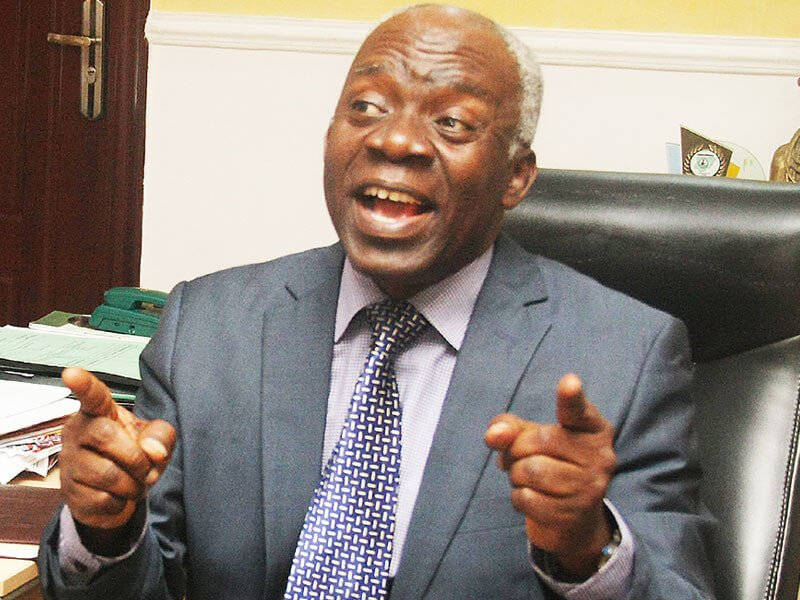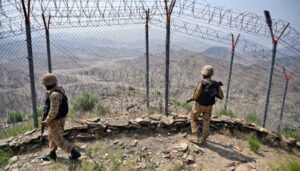Delhi was shrouded in dense fog on Friday, with visibility dropping to zero in some areas, causing significant disruptions at the city’s main airport. India’s weather office issued an orange alert, warning of dense to very dense fog across Delhi and nearby regions, likely to affect airports, highways, and railways.
Airport authorities confirmed widespread delays, cautioning that flights without CAT III navigation systems—essential for operations in low visibility—could face cancellations. IndiGo, India’s largest airline, announced on social media:
“Dense fog across the northern belt is impacting flights taking off and landing in Delhi, and some flights may need to be cancelled as the day progresses.”
The heavy fog exacerbated Delhi’s ongoing air quality crisis. On Friday, the city ranked as the second most polluted capital globally, according to live rankings by Swiss air quality monitoring company IQAir.
At 9:05 a.m. local time, Delhi’s air quality index (AQI) was classified as “severe,” with a score of 408. For context, an AQI below 50 is considered “good,” highlighting the hazardous conditions faced by residents.
Delhi has been grappling with severe air pollution throughout the winter, a season marked by stagnant weather conditions that trap pollutants from vehicles, industries, and crop burning in neighboring states. The combination of dense fog and smog has created a “double burden,” significantly impacting transportation and public health.
As Delhi contends with these environmental challenges, experts and authorities are emphasizing the urgency of systemic solutions to combat air pollution and minimize disruptions caused by extreme weather conditions. Travelers have been advised to exercise caution and stay updated on transportation schedules as the city navigates this dual crisis.



























